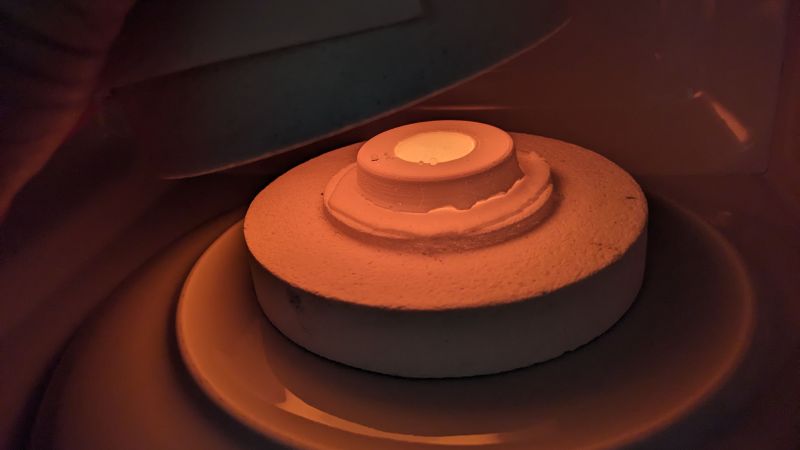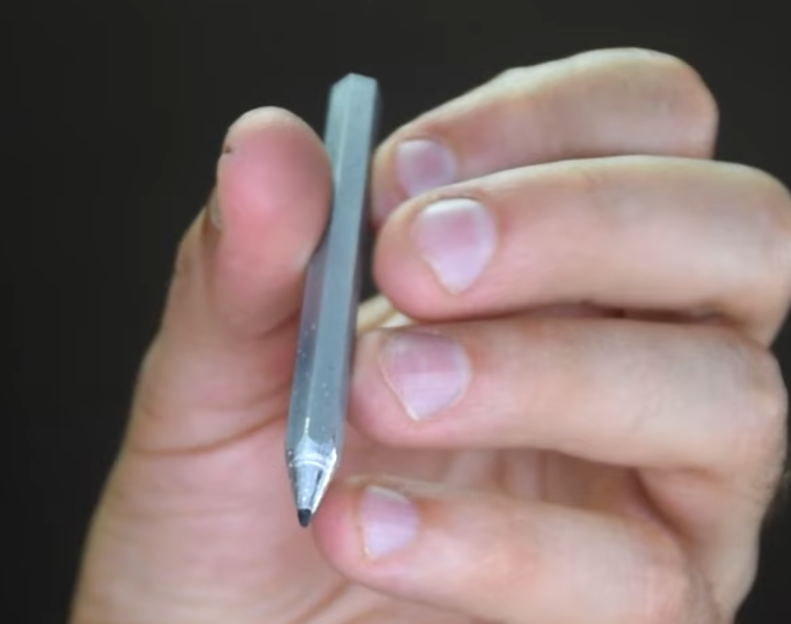It looks more like a charcoal briquette than anything, but the black brittle thing at the bottom of [Ben Krasnow]’s crucible is actually a superconducting ceramic that can levitate magnets when it’s sitting in liquid nitrogen. And with [Ben]’s help, you can make some too.
Superconductors that can work at the relatively high temperature of liquid nitrogen instead of ultracold liquid helium are pretty easy to come by commercially, so if you’re looking to just float a few magnets, it would be a lot easier to just hit eBay. But getting there is half the fun, and from the look …read more
Continue reading Cook Up Your Own High-Temperature Superconductors→




